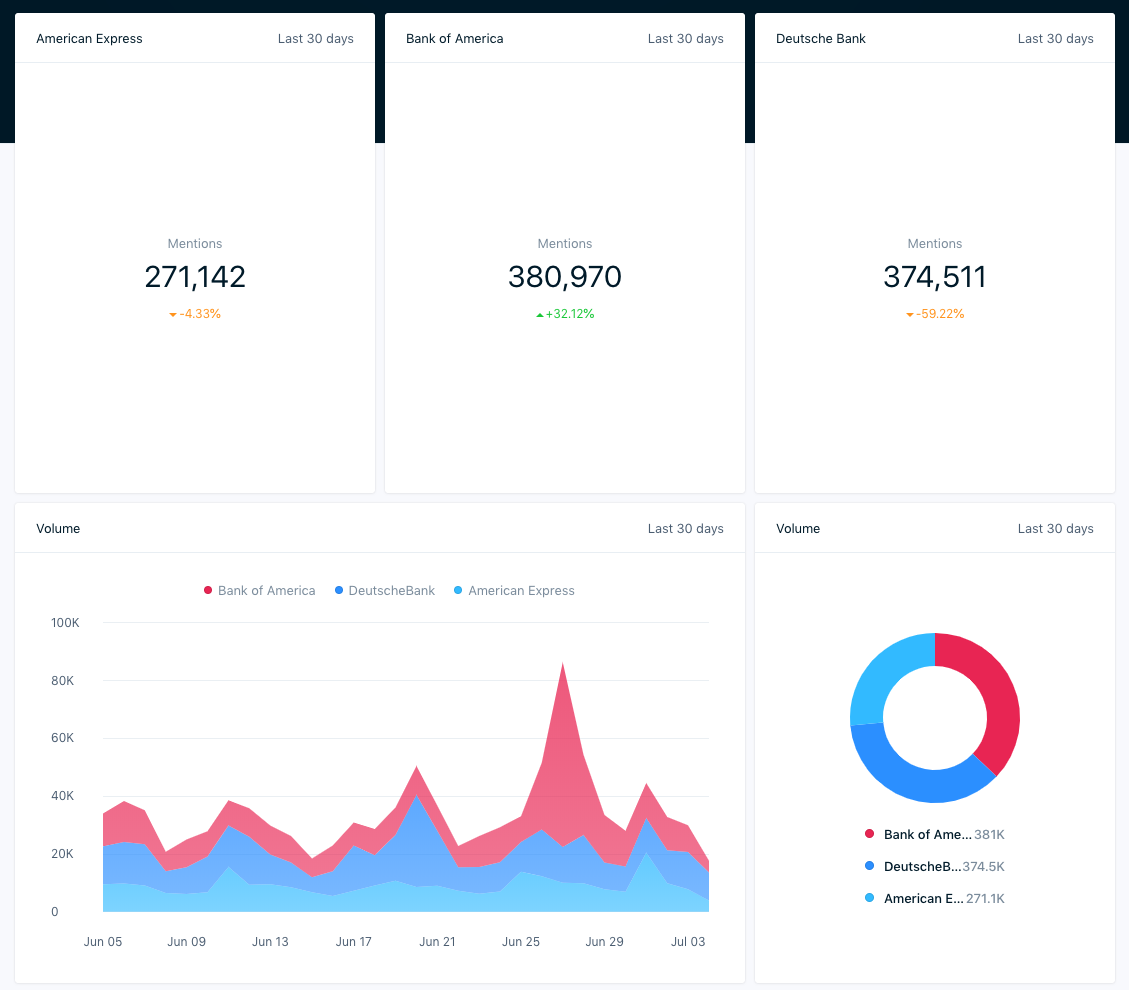If you are working on your social media marketing, you are probably aware that you need to create high-quality valuable content, learn when is the best time to post, and identify your ideal customers. Nevertheless, building a winning social media strategy is a long process with many steps, and one of the most important ones among them is competitor analysis.
Knowing what your biggest competitors are doing on their social media profiles, can show you what works and what doesn’t. It can also help you identify your competitive advantages, learn more about your ideal customers, think up new ideas, and so much more. In other words, it can help you create the foundation for your social media marketing strategy, or it can help you optimize and improve it. Moreover, competitor analysis is the best way to ensure that you are different, and can stay ahead of your competition.
1. Identify Your Competitors on Social Media
To “spy” stealthily on your competitors, you can use tools such as a web viewer for Instagram. These tools allow you to view public posts privately, without being logged in. This way, before you even start working on your Instagram account, you won’t have to create fake accounts, or even download the app.
But, to be able to do this, first, you must know who your competitors are. Regardless of whether your business is new, or you have been around for a while, you probably already know the most successful companies that offer the same services as you or sell the same products. It’s clear how you can find these businesses on the social networks you are using. Nevertheless, when it comes to social media competitors, you should also consider relevant influencers, individuals that create content that may be of interest to your ideal buyers, as well as other competitors you previously didn’t know about, or who may be selling the same products you are worldwide, for instance.
Many people nowadays use social media to learn about brands they are interested in, but most also browse the brand or the products or services it offers. So, to identify your competitors, you should also check out relevant keywords, not only on the social media platforms you are using for your business but also on Google or other search engines’ result pages. This means identifying keywords the people might search for when looking for the products or services you are selling. This will help you learn who is positioned well, and maybe even discover competitors you weren’t aware existed. Another way to identify competitors is to learn which brands your followers are talking about.
2. Choose Who You Should Focus On
Once you start your analysis, you may get discouraged by the number of companies doing something similar or the same as you. Nevertheless, now that you know the best companies in your sector, you should focus only on the top few, and choose only those that are closest to your niche. This will help you do a better and more useful competitor analysis, and identify and investigate only the most relevant data.
3. Choose the Relevant Data to Analyze
Now that you know which profiles you are going to focus on, you should identify the data you should analyze but also understand why, and how it can help you. This can be different for different businesses, and it will mainly depend on your specific goals. Some of the competitors’ metrics that businesses are usually interested in include the number of followers, the strength of the brand-client relationship, number of shares and likes, the engagement rate, and so on.
However, it’s much more important to identify the most successful and unsuccessful content, and the types of posts that generate the most engagement, figure out how often your competitors publish, what kind of content are they creating, the formats of their content, the hashtags they are using, and so on. The data you gather using these metrics will give you incredible knowledge that will help you build the best strategy.
4. Do the Competitor Analysis
Finally, you can get all that data manually or you can use different tools. To do it manually, you can enter each of their profiles, on the relevant platforms (or in other words those that you are also using or plan to use). Tools on the other hand can get the information automatically, which can save you a lot of time. Either way, you will have to analyze and draw your conclusions.
Conclusion
Competitor analysis is crucial for brands trying to grow their social media. The abovementioned steps will help you identify your biggest rivals, and analyze the relevant data to build a strong social media strategy. Check it out.



